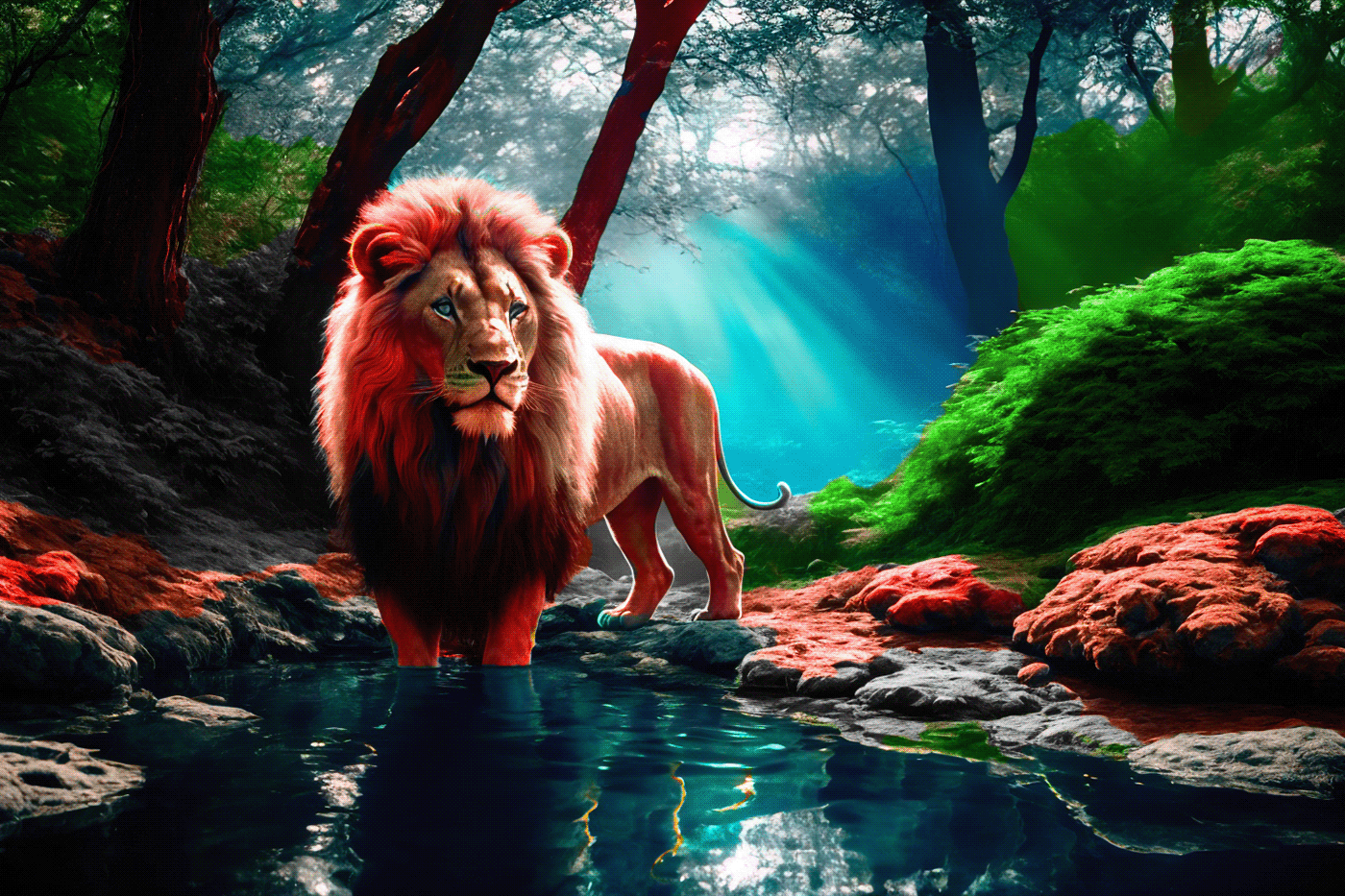The Magic of Photo Colorization
with RGB Layering

In the realm of photography, colorization is a technique that breathes new life into black and white images, transforming them into vibrant representations of the original scenes. This process not only enhances the visual appeal but also connects us more intimately with historical moments by presenting them in color, as we are accustomed to seeing the world around us.
The art of colorizing photographs involves a meticulous process where each grayscale image is carefully infused with color by manipulating the RGB (Red, Green, Blue) layers. RGB is the color model used in electronic displays and most imaging devices. Each layer corresponds to the intensity of red, green, and blue light, combining to produce a broad array of colors.

To begin colorization, the first step is to research the context of the photograph to ensure that the colors applied are as accurate as possible. This might involve studying the period in which the photo was taken, the materials present in the scene, and any other available historical data.
Once the context is understood, the actual colorization process can start. This typically involves working with photo editing software that supports layering. The black and white image serves as the base layer, and separate layers for each color are created above it. These color layers are then meticulously blended into the base image using various blending modes and transparency settings to achieve a natural look.

The process of working with RGB layers is intricate. Each layer is adjusted to affect only certain parts of the image. For example, a red layer might be used to colorize a dress, while a green layer could be applied to the foliage in the background. Layer masks are often used to isolate these effects to specific regions of the image without altering the entire layer.
Adjusting the opacity and blending modes of each RGB layer is crucial. These settings control how the color layers interact with the base image and with each other. The goal is to achieve a harmonious blend where the colors appear natural and true to what we might expect the scene to look like if it had originally been captured in color.

After the color layers are applied, further adjustments may be necessary to refine the result. This can include tweaking the saturation, contrast, and brightness to ensure that the colors look realistic and convey the appropriate mood for the image.
The final step in the colorization process is a thorough review of the image to ensure that all elements appear cohesive and that the colors are consistent with the historical context. This might involve additional research or consultation with experts in historical fashion, architecture, or other relevant fields.

The result of this detailed procedure is a stunning, fullcolor image that retains the depth and detail of the original black and white photograph while offering a new perspective on the past. Through the careful work with RGB layers, colorizers can produce images that are not only visually striking but also historically informative, providing a colorful bridge to bygone eras.
In conclusion, the colorization of photographs using RGB layering is a fascinating intersection of art and technology. It requires a blend of creative vision, historical knowledge, and technical skill to achieve results that are both beautiful and historically accurate. As technology continues to advance, the tools and techniques for photo colorization will evolve, offering even more possibilities for bringing the past to life in color.
In conclusion, the colorization of photographs using RGB layering is a fascinating intersection of art and technology. It requires a blend of creative vision, historical knowledge, and technical skill to achieve results that are both beautiful and historically accurate. As technology continues to advance, the tools and techniques for photo colorization will evolve, offering even more possibilities for bringing the past to life in color.




